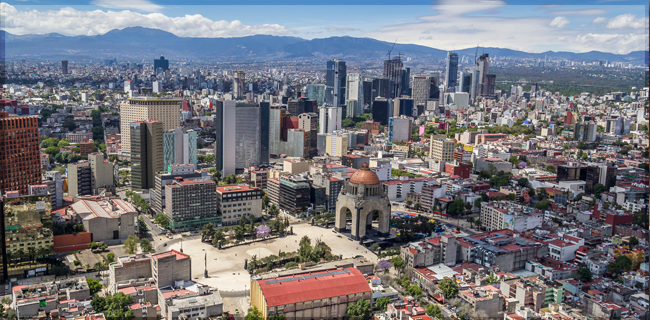América Movil, Telefónica, Oi and AT&T in Mexico became the first mobile operators to bring advanced RCS messaging services to subscribers across Latin America this week. Swedish operator, Telia also announced that they have launched domestically. These operators join Bell, Deutsche Telekom, Orange, Telenor, Sprint, Rogers and Vodafone who have already launched around the world. This will mean that users will get access to enhanced messaging features such as group chat, high-res photo sharing and read receipts that are familiar on many messaging applications but will now be available natively on people’s smartphones without needing to download any apps. According to GSMA Intelligence, approximately 60% of subscribers across the Latin American region will be able to get access to the upgraded messaging service.
The service is powered by the Jibe RCS Cloud from Google and will be fully interoperable between networks through the Jibe RCS Hub, allowing subscribers to send RCS messages across networks. Subscribers who have the Android Messages app on their phone will have access to RCS services via an app update. Subscribers from other networks connected to the hub will also be able to send RCS messages regardless of geographic location. América Movil and Telefónica plan to launch RCS Messaging in Germany, Spain, Austria and Central and Eastern Europe as well as the United Kingdom.
The service is underpinned by the GSMA’s Universal Profile for Advanced RCS Messaging (UP) which is a specification that helps operators upgrade their messaging services and provide subscribers with a superior and enhanced experience that works simply and consistently across devices. The GSMA recently issued UP 2.0 that builds on the first technical specification released last year by introducing key enablers for Messaging-as-a-Platform (MaaP) as well as improved messaging expressiveness, APIs, plug-in integration and improved authentication and security. It also introduces ‘conversational commerce’ that will enable users to interact with brands within the platform. It is an important step that when combined with network interoperability enables operators to offer a consistent and engaging messaging experience. UP is currently backed by over 70 leading operators, vendors and OS providers worldwide.
Both América Movil and Telefónica will also offer Maap or RCS business messaging. MaaP utilises the advanced messaging capability defined in the UP to open up a range of services that enhance the user experience through the use of artificial intelligence, chatbots and plugins. This will allow customers to make restaurant reservations, book train tickets or make retail purchases entirely via messaging. All transactions are time-stamped, verifying purchases and providing peace of mind to consumer. GSMAi estimates that this is a business that will be worth $74 billion by 2021.
For more information about the GSMA Future Networks programme, please visit: https://www.gsma.com/futurenetworks/
